How Do Solar Lights Fit into a Sustainable Lifestyle?
Living sustainably isn’t just a buzzword—it’s a way to cut your environmental impact while keeping life practical. Solar lights are popping up everywhere, from backyards to campgrounds, as people look for ways to go green without sacrificing convenience. They run on sunlight, skip the electric bill, and promise a lower carbon footprint. But how do they really stack up in a sustainable lifestyle? Let’s explore their environmental edge, ideal use cases, and how to pick ones that truly align with eco-conscious living.
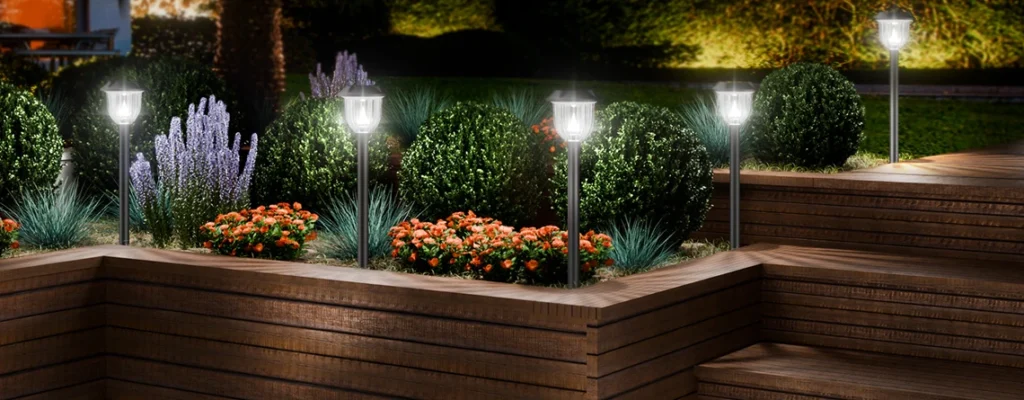
Carbon Footprint: Solar vs. Traditional Lighting
Solar lights sound like a green dream—no grid power, no monthly bill. But how much do they actually reduce your carbon footprint compared to traditional electric lights? It comes down to their lifecycle, from production to disposal.
- Production Emissions: Solar lights need panels, batteries, and electronics, which take energy to manufacture. A 2023 study estimated 50-100 kg CO2 per light, similar to LED bulbs but higher than basic incandescents.
- Usage Phase: Here’s where solar shines. Traditional lights, even efficient LEDs, rely on grid power, which in the U.S. averages 0.4 kg CO2 per kWh. For 10 lights running 8 hours nightly, that’s 100-150 kg CO2 yearly. Solar lights? Near-zero emissions during use.
- End-of-Life Impact: Solar batteries (often lithium or NiMH) need proper recycling to avoid toxic waste. Traditional lights have simpler disposal but still contribute to landfill if not recycled.
Over a 10-year lifespan, solar lights cut emissions by 60-80% compared to grid-powered LEDs, per EPA data. The keyword is sustainability—solar’s upfront footprint is offset by years of clean operation.
Best Scenarios for Solar Lighting
Solar lights aren’t just for show—they fit perfectly into specific lifestyles and settings that scream sustainable living. Here’s where they make the biggest impact:
- Outdoor Camping: Solar lanterns are a camper’s best friend. They charge during the day, light up your tent at night, and don’t rely on disposable batteries or gas-powered generators. Brands like Goal Zero offer collapsible models that pack light and last for days.
- Backyard and Patio: From string lights to path markers, solar lights create ambiance without grid power. They’re ideal for eco-conscious homeowners who host barbecues or late-night hangouts, cutting energy use while keeping the vibe green.
- Public Spaces: Parks, community gardens, and rural areas benefit from solar streetlights. They reduce municipal energy costs and work off-grid, perfect for areas with unreliable power. Cities like Austin have installed thousands, slashing emissions and maintenance needs.
These scenarios highlight low-carbon living—solar lights thrive where flexibility and environmental impact matter most, blending practicality with planet-friendly choices.
Choosing Truly Eco-Friendly Solar Lights
Not all solar lights are created equal. Some are greener than others, and picking the right ones ensures your sustainable lifestyle isn’t just lip service. Here’s what to look for:
- Recyclable Materials: Opt for lights with aluminum or recycled plastic casings over cheap, non-recyclable plastics. Brands like IKEA emphasize recyclable components, reducing landfill waste.
- Low-Toxicity Batteries: NiMH batteries are less toxic than lithium-ion and easier to recycle. Check if the manufacturer offers a take-back program for old batteries to avoid environmental harm.
- Energy-Efficient Design: Look for lights with high-efficiency LED bulbs (80+ lumens/watt) and panels with at least 15% conversion efficiency. These maximize light output while minimizing resource use.
- Durability: A light that lasts 5-10 years beats one that dies in two. Check for IP65 or higher weatherproof ratings to withstand rain, snow, or heat.
- Certifications: Seek Energy Star or RoHS compliance for proof of eco-friendly manufacturing. These ensure lower energy use and fewer hazardous materials.
Pro tip: Research the brand’s supply chain. Companies like BioLite prioritize ethical sourcing and carbon-neutral production, aligning with true sustainability. Avoid no-name brands with murky origins—they often cut corners on eco standards.
Practical Tips for Going Solar
Ready to integrate solar lights into your lifestyle? Here’s how to make them work seamlessly:
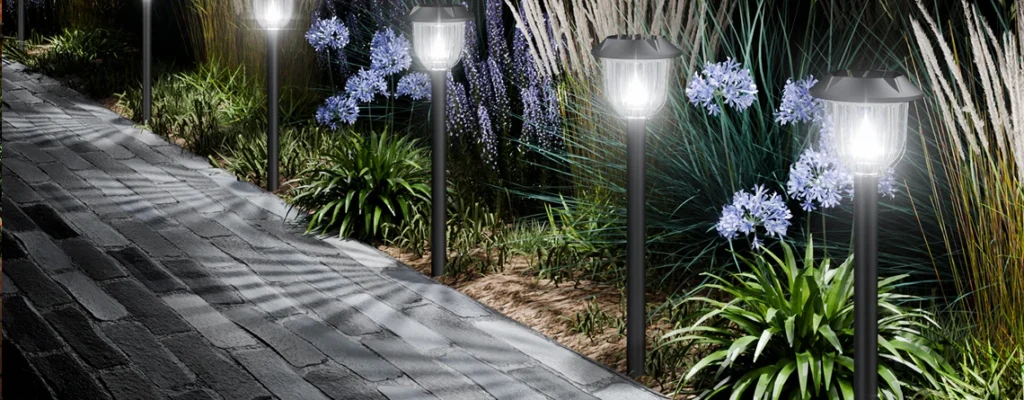
- Match to Your Needs: Pick lanterns for camping, path lights for gardens, or floodlights for security. Don’t overbuy—start with a few to test performance.
- Optimize Placement: Place panels in direct sunlight, avoiding shade from trees or buildings. South-facing spots work best in the Northern Hemisphere.
- Maintain Regularly: Clean panels every 3-6 months with a damp cloth to maximize charging. Check batteries annually and recycle them properly.
- Combine with Other Green Habits: Pair solar lights with composting, rainwater harvesting, or native plants for a holistic sustainable yard.
- Look for Rebates: Some local governments offer incentives for energy-efficient lighting. Check your city’s website for deals to offset costs.
These steps ensure your solar lights deliver both environmental and practical benefits, making your home or outdoor space a model of low-carbon living.
Beyond the Backyard: A Broader Impact
Solar lights do more than light up your garden—they signal a shift in mindset. Choosing them reflects a commitment to reducing reliance on fossil fuels, even in small ways. Communities adopting solar lighting, like schools or neighborhood associations, inspire others to rethink energy use. Plus, off-grid solutions empower remote areas, from rural farms to developing regions, where reliable power is scarce. The ripple effect of these choices builds momentum for broader sustainability goals, like cutting global emissions or supporting renewable energy innovation.
Conclusion: From Energy Savings to a Green Mindset
Solar lights fit beautifully into a sustainable lifestyle, offering 60-80% lower emissions than traditional lighting and unmatched flexibility for camping, homes, or public spaces. They’re not perfect—production and battery disposal have impacts—but their long-term benefits outweigh the drawbacks. By choosing recyclable materials, low-toxicity batteries, and efficient designs, you can maximize their sustainability. More than just lights, they’re a step toward a low-carbon mindset, blending eco-conscious choices with everyday practicality. Whether you’re lighting a campsite or a community park, solar lights prove green living is both achievable and impactful.

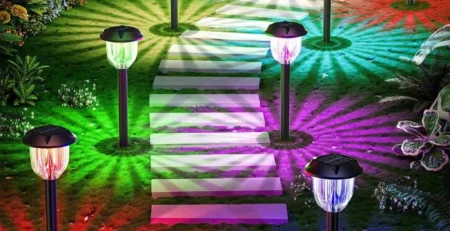
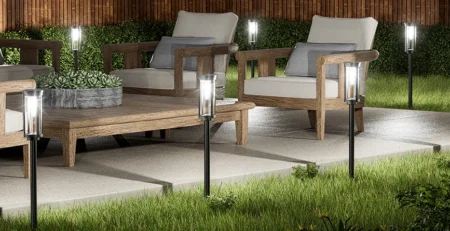
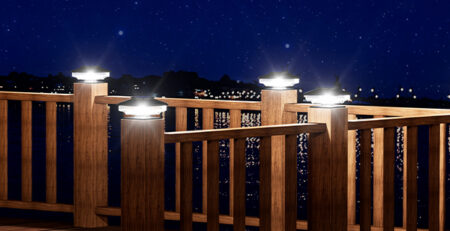
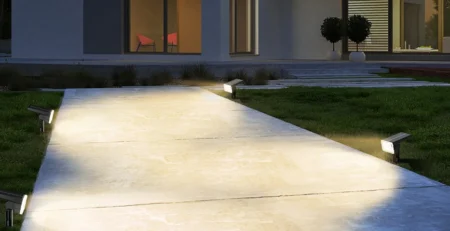
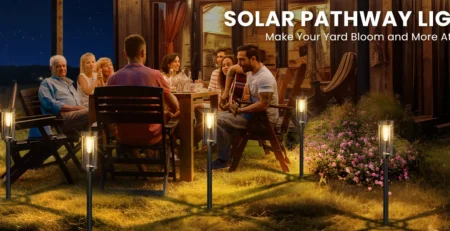
-4-2-450x231.webp)




Leave a Reply